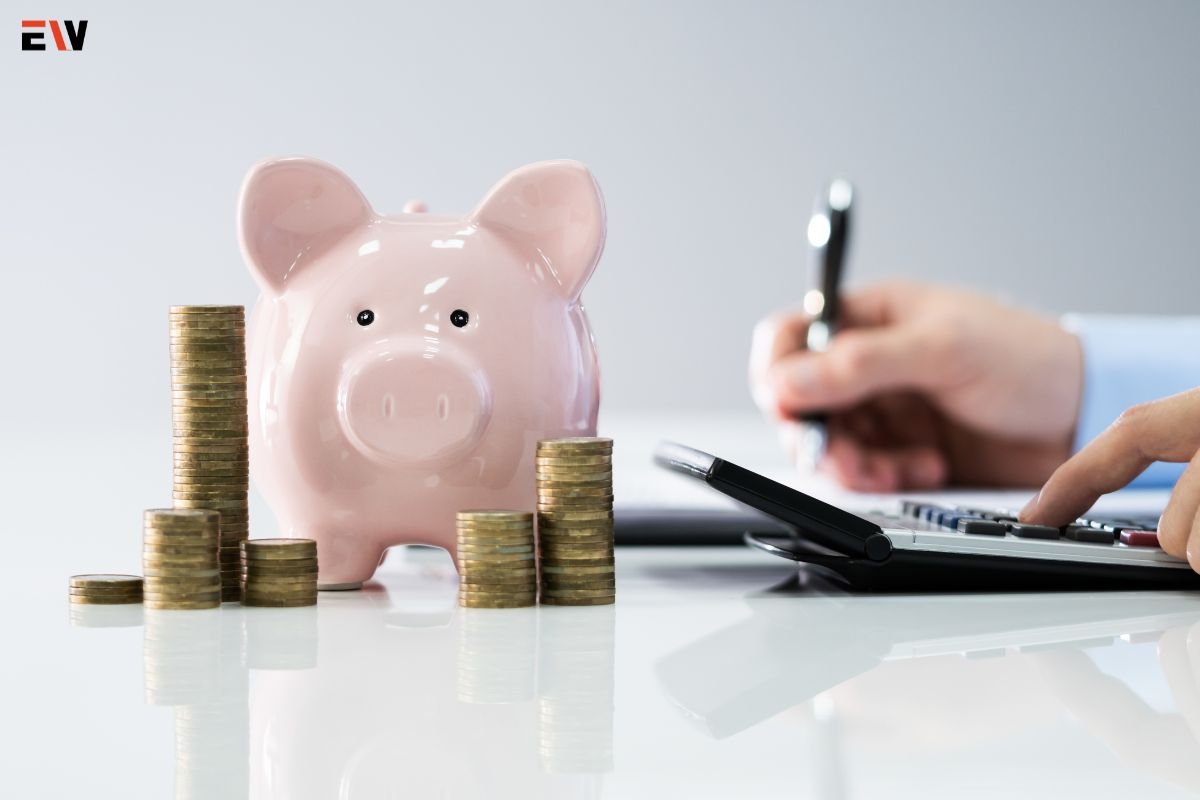In the digital age, businesses rely on a diverse array of technologies to drive innovation, streamline operations, and deliver value to customers. Integrated Technology Services (ITS) offer a comprehensive approach to managing and optimizing technology infrastructure, applications, and systems to support business objectives and drive growth. In this guide, we’ll explore the benefits of integrated technology services, key components of an ITS strategy, and best practices for implementation.
Here are the benefits, and components of Integrated Technology Services:
Understanding Integrated Technology Services
Integrated Technology Services encompass a holistic approach to managing and leveraging technology assets, resources, and capabilities across an organization. ITS providers offer a range of services, including:
1. Infrastructure Management
Managing and maintaining technology infrastructure, including networks, servers, storage, and cloud platforms, to ensure reliability, performance, and scalability.
2. Application Support
Supporting and maintaining business-critical applications, software systems, and databases to optimize performance, enhance security, and meet user needs.
3. Data Management

Managing and securing data assets, including storage, backup, recovery, and data analytics, to derive insights, mitigate risks, and drive informed decision-making.
4. Security Services
Implementing cybersecurity measures, such as threat detection, vulnerability assessments, and incident response, to protect against cyber threats and safeguard sensitive information.
5. Consulting and Advisory Services
Providing strategic guidance, technology consulting, and advisory services to help organizations align technology investments with business objectives and drive digital transformation initiatives.
What are its Benefits?
Integrated Technology Services offer several benefits to organizations, including:
1. Cost Efficiency

By consolidating technology services under a single provider, organizations can reduce overhead costs, streamline operations, and achieve economies of scale.
2. Improved Performance
ITS providers leverage best practices, industry standards, and advanced technologies to optimize the performance, reliability, and scalability of IT infrastructure and systems.
3. Enhanced Security
Integrated security services help organizations strengthen their cybersecurity posture, mitigate risks, and comply with regulatory requirements to protect sensitive data and intellectual property.
4. Scalability and Flexibility
ITS providers offer scalable solutions and flexible service models that can adapt to changing business needs, growth objectives, and technological advancements.
5. Focus on Core Business
By outsourcing technology management to a trusted ITS provider, organizations can focus on their core business activities and strategic initiatives without being burdened by IT-related complexities.
Components of an Integrated Technology Services Strategy
An effective ITS strategy encompasses the following components:
1. Assessment and Planning
Conducting a comprehensive assessment of existing technology infrastructure, applications, and processes to identify gaps, risks, and opportunities for improvement. Developing a strategic roadmap and implementation plan aligned with business objectives.
2. Infrastructure Optimization
Implementing best practices for infrastructure management, including virtualization, cloud computing, and software-defined networking, to optimize performance, reliability, and cost efficiency.
3. Application Lifecycle Management
Managing the entire lifecycle of business applications, from development and deployment to maintenance and retirement, to ensure alignment with business needs and technology standards.
4. Data Governance and Compliance
Establishing data governance policies, procedures, and controls to ensure data integrity, security, and compliance with regulatory requirements, industry standards, and best practices.
5. Security and Risk Management
Implementing a comprehensive cybersecurity strategy that includes proactive threat detection, vulnerability assessments, incident response planning, and employee training to mitigate cyber risks and protect against data breaches.
Best Practices for Implementation
To maximize the value of Integrated Technology Services, organizations should follow these best practices:
1. Define Clear Objectives
Clearly define business objectives, performance metrics, and success criteria for ITS initiatives to ensure alignment with organizational goals and priorities.
2. Collaborate with Stakeholders
Involve key stakeholders, including business leaders, IT professionals, and end-users, in the planning, implementation, and evaluation of ITS initiatives to ensure buy-in and support.
3. Select a Trusted Partner

Choose a reputable ITS provider with a proven track record of delivering high-quality services, industry expertise, and customer satisfaction.
4. Continuous Improvement
Continuously monitor performance, collect feedback, and assess the impact of ITS initiatives to identify areas for improvement and drive continuous innovation and optimization.
5. Stay Agile and Adaptive
Embrace agility and adaptability in response to changing market dynamics, technological advancements, and evolving business requirements to maintain competitiveness and drive growth.
Conclusion
Integrated Technology Services offers organizations a holistic approach to managing and optimizing technology infrastructure, applications, and systems to support business objectives and drive growth. By leveraging integrated services for infrastructure management, application support, data management, security services, and consulting, organizations can achieve cost efficiency, improve performance, enhance security, and focus on core business activities. By defining clear objectives, collaborating with stakeholders, selecting a trusted partner, and embracing continuous improvement, organizations can maximize the value of Integrated Tech Services and position themselves for success in today’s digital economy.









